Your cart is empty
Keep ShoppingMaori necklace designs and the importance of jade to Maori culture
Jade has been crafted by Māori into items of adornment for hundreds of years. Captain James Cook even gifted a beautiful hei tiki necklace to George III, King of the United Kingdom which he received from the native Maori Queen of Charlotte Sound in New Zealand's South Island on October 1769. According to the Te Ara Encyclopedia of New Zealand, jade neck adornment like the hei tiki were treasured by the Māori people for three main reasons:
It's was a sign of social status and power
It's a beautiful strong semi precious stone
It was believed to be sacred
Māori call jade (or pounamu) the God stone. A carving was believed by many to have the power to enhance the life of the wearer and embody the spirits of ancestors – this is why they were considered a tāonga, or treasure, and were passed down for generations. These beliefs have endured for many Maori and non Maori wearers of jade today, and they still hold true despite New Zealands growing multi-culturalism.
Maori necklace designs as a sign of status

The three hei tiki carved in jade (or pounamu) above were carved in 1771. Carvings like this were a sign that the wearer was powerful and had a high social standing in the community. Traditionally, pounamu carvings were worn by tribal chiefs, and were exchanged after conflicts so were connected to the process of making peace between tribes. Because of this link, pounamu is considered to have mana (status) and to be tapu (sacred). Pieces increase in mana (prestige) as they pass from one generation to another. The most prized pieces are those with known histories going back many generations. We think of these as tāonga (or treasures).
At one point in time the pounamu hei toki in particular was a potent Māori necklace design, it was also said to be hung through the ear. Many were given names and were worn by powerful warriors to remind people of stories of battle and great events in which their ancestors took part. They were also a physical representation of the connection to venerated ancestors through whakapapa (genealogy). The named carvings were often remembered in songs.
The mere (club like weapon) seen in the image slider above was considered the most valuable greenstone weapon. Owned only by tribal chiefs, they were as valuable to Māori as precious stones were to Europeans. One named mere, Hine-nui-o-te-paua, was believed to be so sacred and precious that the Ngāti Pāoa, a tribe from the Hauraki region of New Zealand, gifted it to the Europeans as a peace offering. Traditionally mere were used as weapons in warfare and held in the hand. Now however, they are an extremely popular Maori necklace design worn by many in miniature form.
Strength and beauty
Maori were able to craft relatively fine objects because of a mineral called tremolite found in jade which reinforces its interwoven crystal structure. The flawless pieces of jade seen in many private museum collections around New Zealand are very translucent when held to the light and thus very strong in most cases. This is because there are little or no other chemical compounds impeding the tight crystal structure of the tremolite. Traditionally, Maori were limited in the complexity of what they could carve by their tools, however today, modern tools allow carvers to carve complex shapes and really utilise the stones strength. It allows modern carvers to craft delicate Maori necklaces which have sharp points like that seen in the blade of the toki, the tip of the koru, or in earrings such as the long and straight kuru, the long and curved kapeu, and the curled eel shaped koropepe. Carvers are also able to create immensely complex hei tiki of a standard never possible with the traditional stone tools used by Maori in pre colonial times.
-
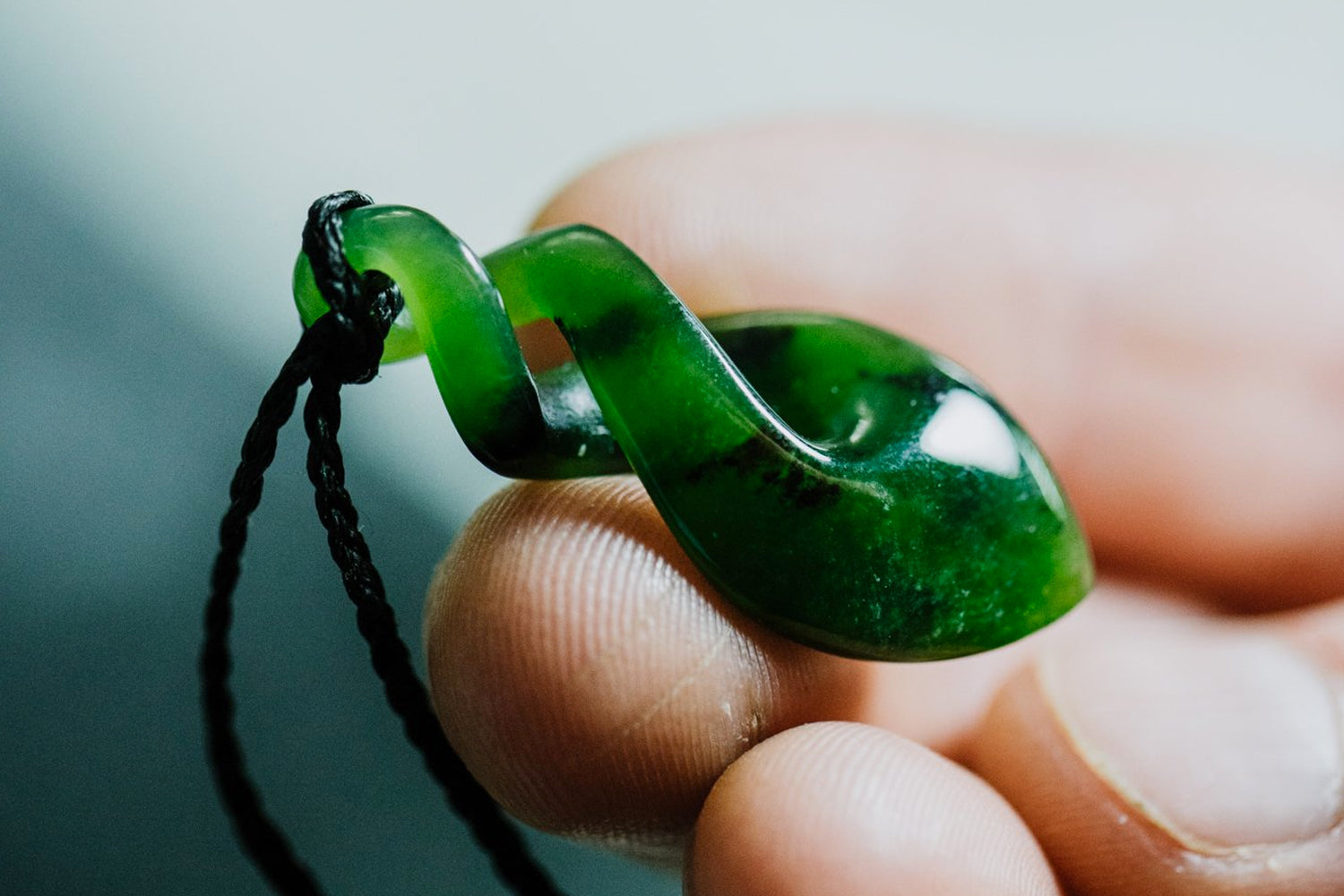
Greenstone necklace designs and 8 answers to questions customers ask us
Maori believed greenstone had to be gifted. We are regularly asked what the historical Maori traditions are around the gifting of greenstone necklace designs, and what Maori believe today. Sam...
-

Greenstone necklace designs and 8 answers to questions customers ask us
Maori believed greenstone had to be gifted. We are regularly asked what the historical Maori traditions are around the gifting of greenstone necklace designs, and what Maori believe today. Sam...
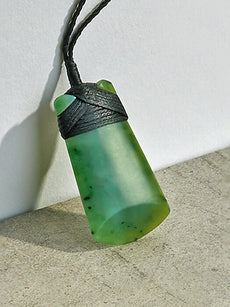
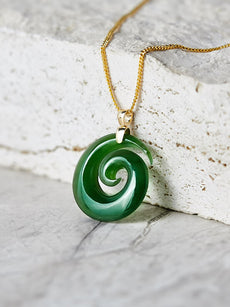
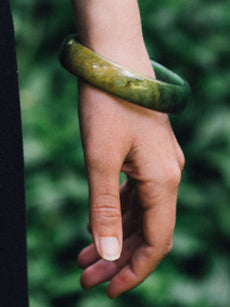
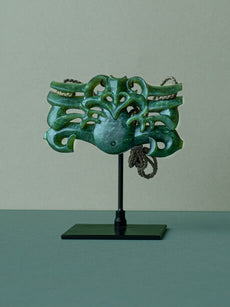
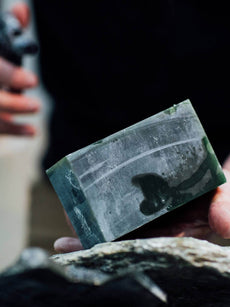
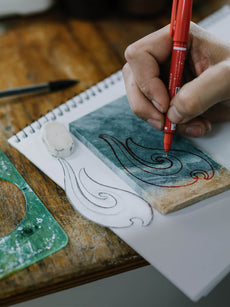
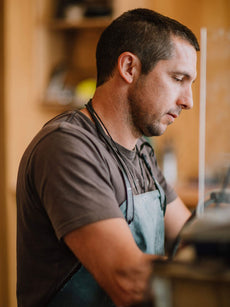
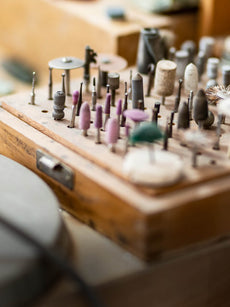

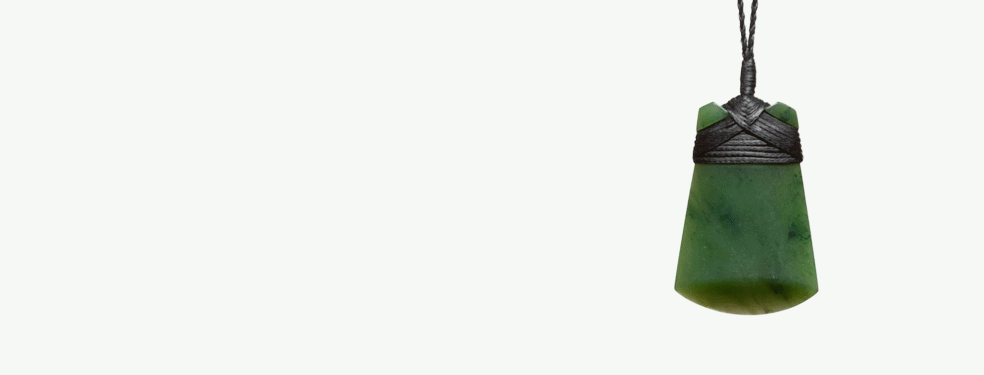
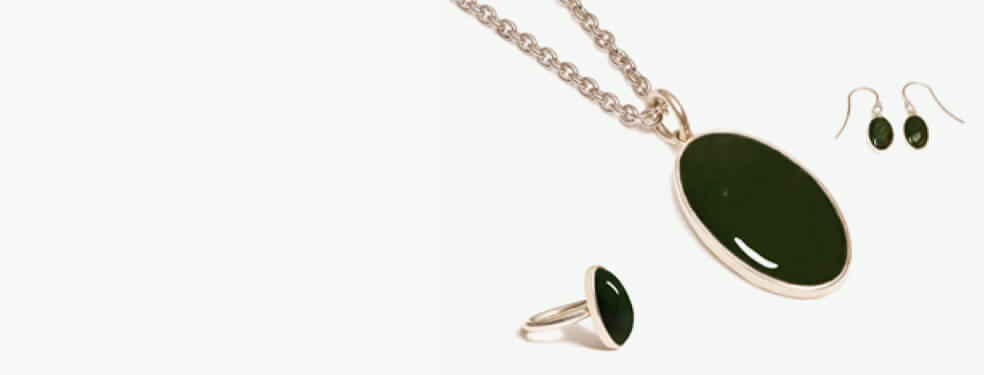

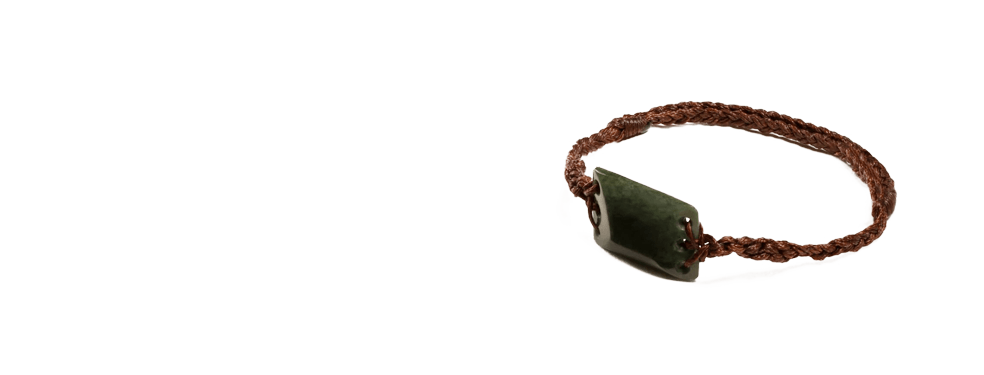
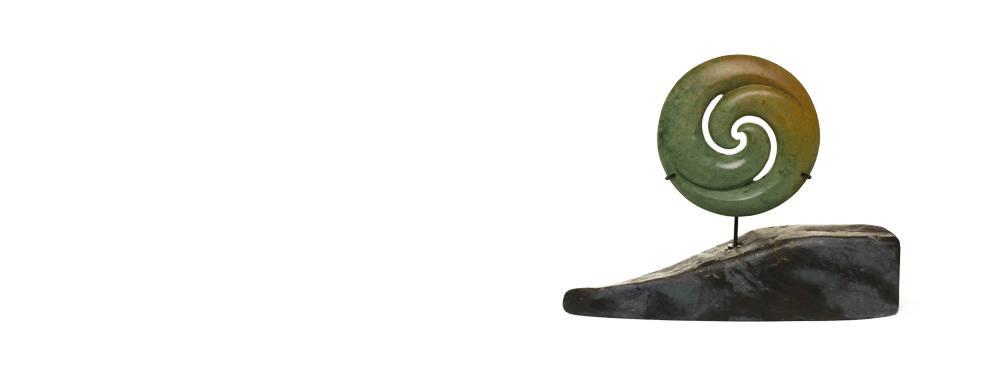

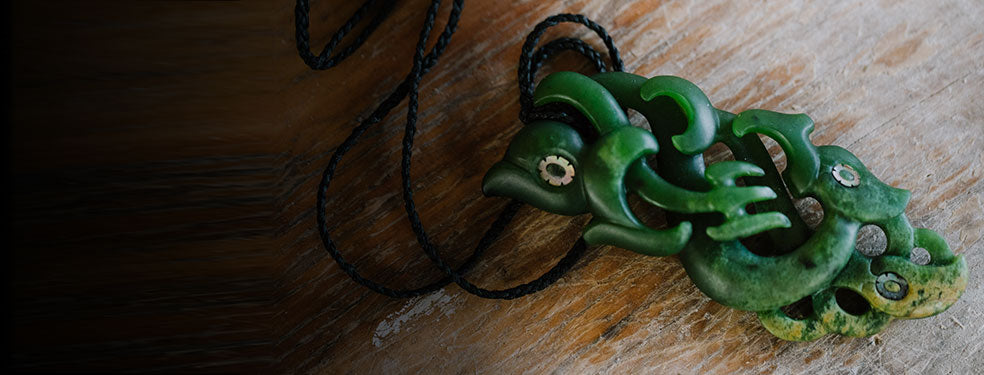

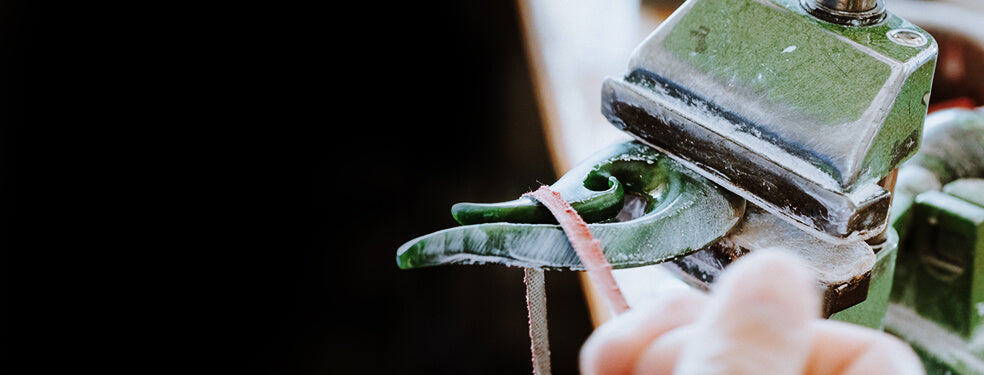



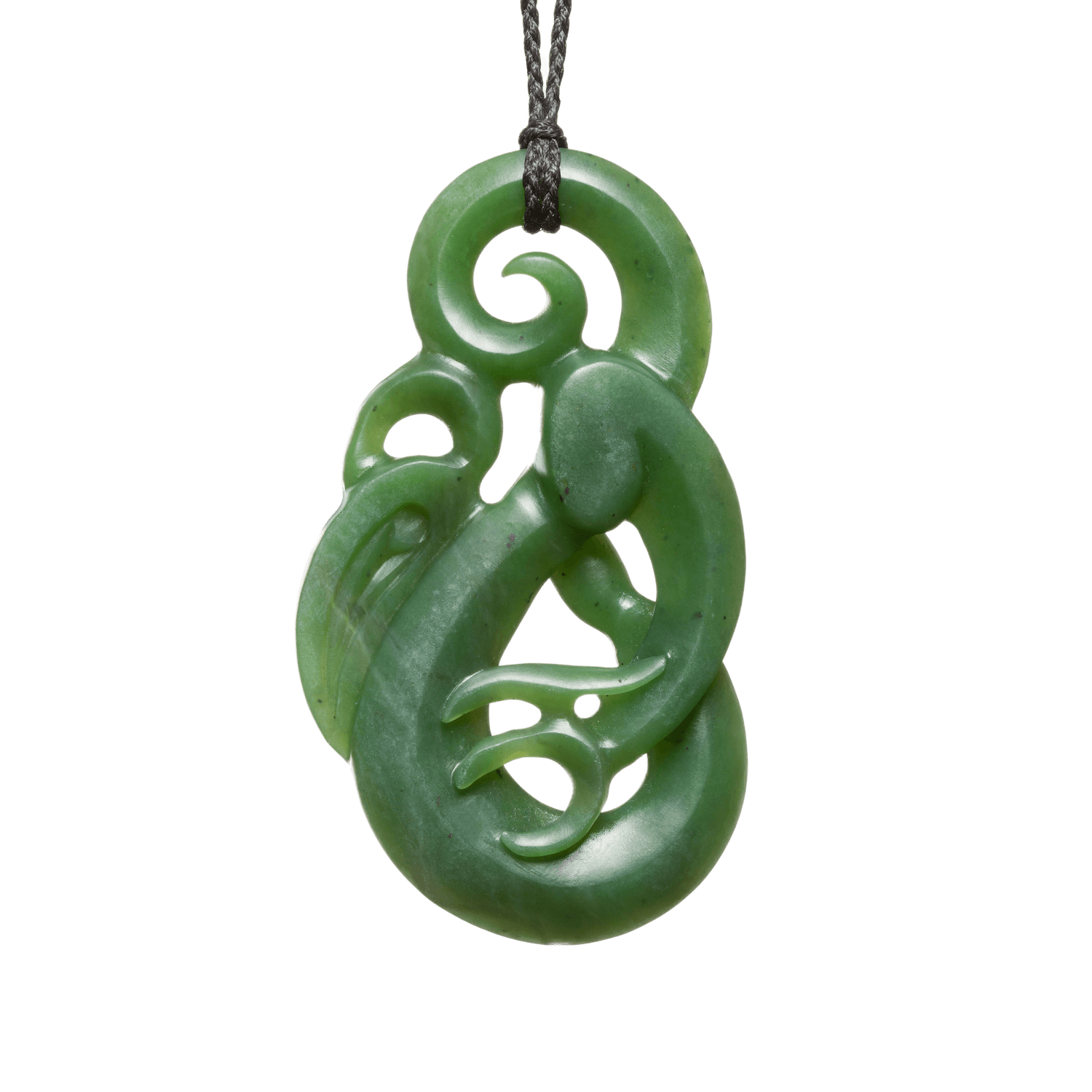
Follow Us
Stay in the know on new releases, special offers, and more.